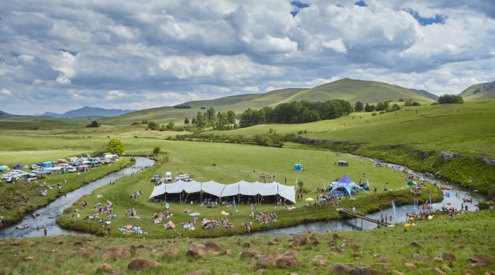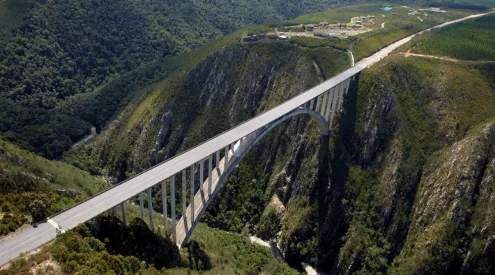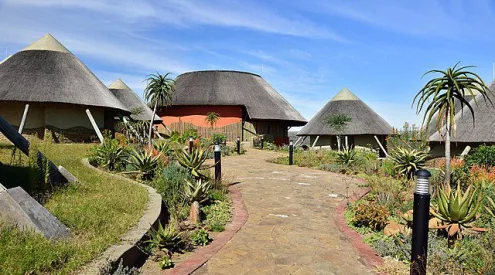Many of us know of Maropeng, the Sterkfontein Caves and can vaguely explain or name some of the fossil discoveries there. The Cradle of Humankind within the Magaliesberg Biosphere Reserve is among the most important sites in the world as far as human history is concerned. A journey to the Cradle-Magaliesberg is like a journey through time to where it all began.
Since 1999, the 47,000-hectare Cradle of Humankind has been a UNESCO World Heritage Site, and is considered to be a ‘jewel in South African’s evolutionary crown’ within the Magaliesberg Biosphere Reserve. The Cradle area, of course, dates back millions of years, and is a one of the world’s most important resources for understanding the history of humankind.
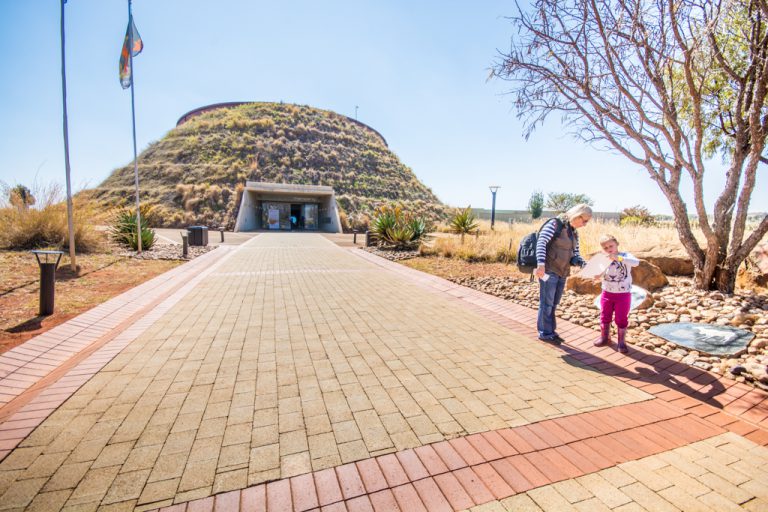
The Maropeng Visitor Centre is a fascinating outing for kids and adults alike – you’ll come away having learnt something new. Image: Melanie van Zyl
The Cradle is home to the world’s largest assemblage of hominin fossils. Of the 15 fossil-bearing sites, 14 of which include hominin fossils, the most well-known complex is the Sterkfontein Caves.
Apart from early-human history, the greater Magaliesberg area has a unique geology and biodiversity. The region’s dolomite landscape was caused by the shifting of tectonic plates millions of year ago, and its quartzite cliffs. Craters and kloofs and domes were formed by a host of natural phenomena, which has created a splendid and otherworldly landscape.
This landscape was also the background to significant historical events and home later to human inhabitants. Our early human ancestors once populated this area and tools of hunter gatherers from the Stone Age and later Iron Age inhabitants were also found in the Cradle. Southern African history, culture and society has also played out here.
The landscape has seen the occupation of Tswana chieftainships and in the 19th century, the Ndebele kingdom. Land continued to change hands due to raids, invasions and wars, passing through those of the Potchefstroom Boer administration, the Zuid-Afrikaansche Republiek and even the British for a time before falling under what later became the Union of South Africa. The Cradle-Magaliesberg has witnessed many battles and conflicts.
In more recent times, however, science and engineering would play a part in shaping the narrative of this region and human inhabitance.
Nowadays, there are some incredible ways to explore, enjoy and learn about the Cradle of Humankind.
Take a look:
View this post on Instagram
View this post on Instagram
View this post on Instagram
View this post on Instagram
Cradle of Life comprises a complete account of the Cradle of Humankind.
Get this book →
Find out more in the new book, Cradle of Life: The Story of the Magaliesberg and the Cradle of Humankind by Vincent Carruthers. Published by Penguin Random House, R320.
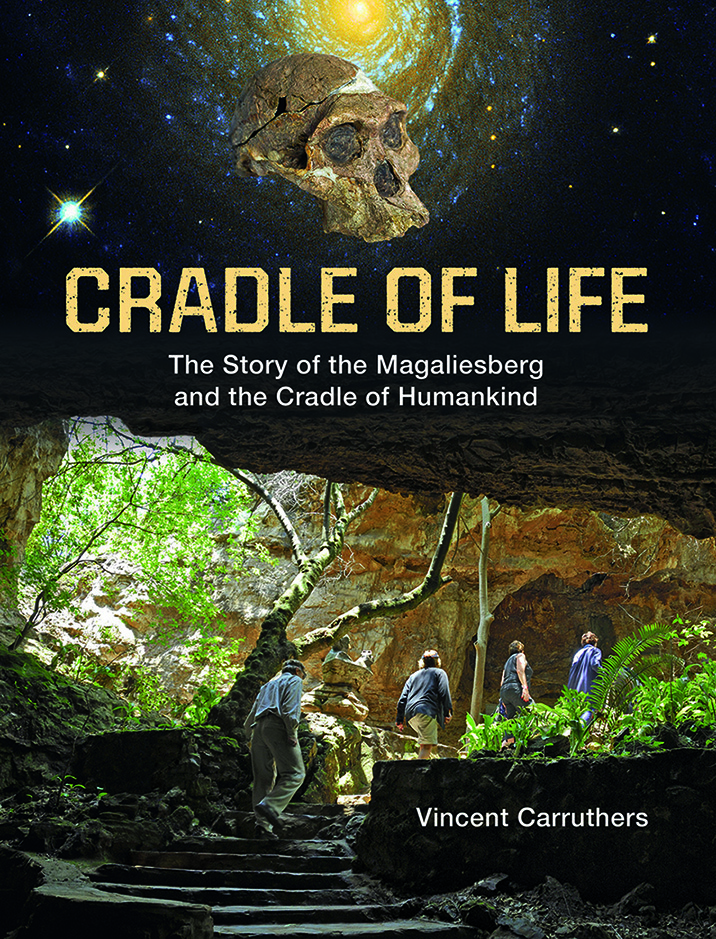
Also read:









